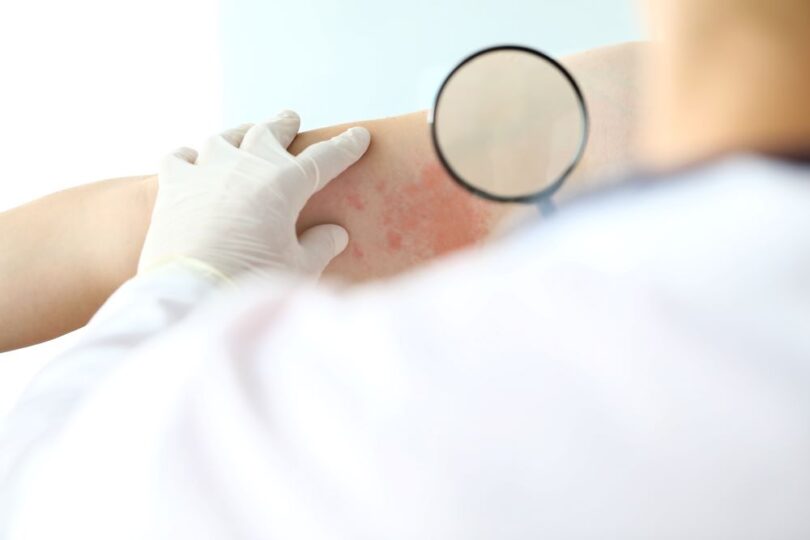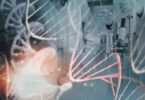Sanofi has reported encouraging Phase 2a data for brivekimig, a dual-target Nanobody® molecule designed to inhibit both tumour necrosis factor (TNF) and OX40-ligand (OX40L). The results, presented at the European Academy of Dermatology and Venereology (EADV) 2025 Congress, highlight clinically meaningful improvements in patients with moderate-to-severe hidradenitis suppurativa (HS) who had not previously received biologics.
Key Findings from the HS-OBTAIN Study
- Primary endpoint: 67% of patients receiving brivekimig achieved HiSCR50 (≥50% reduction in abscesses and nodules) versus 37% with placebo, showing a 29% difference and a 99.28% probability of superiority.
- Secondary endpoints:
- 54% of patients achieved HiSCR75 compared to 22% with placebo.
- 31% achieved HiSCR90 compared to 9% with placebo.
- Mean reduction in draining tunnel count was -56.0% with brivekimig versus +10.9% with placebo.
- Safety: Brivekimig was well tolerated with no serious adverse events reported. The most common treatment-related adverse events were nasopharyngitis and headache.
Clinical Implications
HS is a chronic, debilitating skin disease affecting around 196,000 adults in Europe. Current treatment options remain limited, and dual inhibition of TNF and OX40L presents a potential new strategy for reducing inflammation and improving patient outcomes. Brivekimig remains investigational and is not yet approved by regulatory authorities.
HS-OBTAIN Trial
The Phase 2a HS-OBTAIN study (NCT05849922) was a randomised, double-blind, placebo-controlled trial. Participants were assigned in a 2:1 ratio to receive brivekimig 150 mg or placebo subcutaneously every two weeks for 16 weeks. The study also included a 12-week open-label extension and an 8-week safety follow-up period. The primary endpoint was HiSCR50 at week 16, with secondary endpoints including HiSCR75, HiSCR90 and draining tunnel count.








